I’ll admit it—I’m a bit of a snob when it comes to supermarket fashion. There, I said it. I’ve spent too many years in the hallowed halls of fashion weeks and designer showrooms to feel entirely comfortable admitting that I’ve been absolutely obsessed with a £15 ribbed vest from George at Asda for the past three months. But here we are.
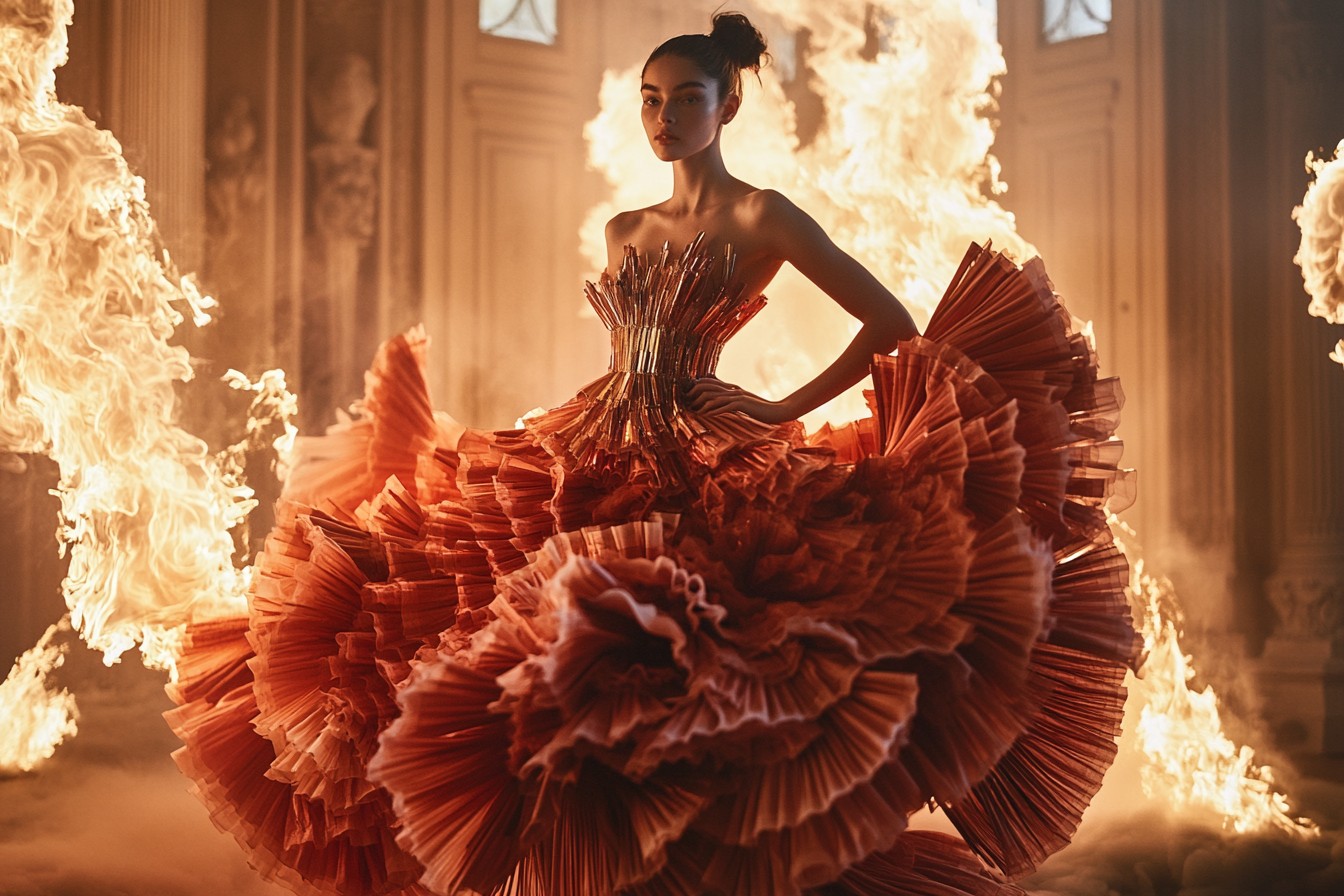
It all started innocently enough. I was doing a weekly shop, racing through the aisles in that frantic Friday evening way, when I took a shortcut through the clothing section and literally stopped dead in my tracks. There it was—a simple, ribbed, high-neck sleeveless top in the most perfect shade of butter-wouldn’t-melt cream. A woman was holding it up, examining the seams with the critical eye of someone who knows their way around garment construction. Our eyes met. We both knew.
“It’s all over TikTok,” she said, like she was passing on classified information. “My daughter made me come get one.”
At this point, I should confess that my relationship with TikTok is complicated at best. I downloaded it during lockdown, like everyone else, convinced I would finally learn how to dance or make that whipped coffee nonsense. Instead, I fell down a rabbit hole of fashion TikTok that has consumed approximately 37% of my brain capacity ever since. Fashion editors aren’t supposed to admit that we get trend tips from teenagers making videos in their bedrooms, but God help me, some of these Gen Z fashionistas have a better eye than people I’ve sat next to at Balenciaga shows.
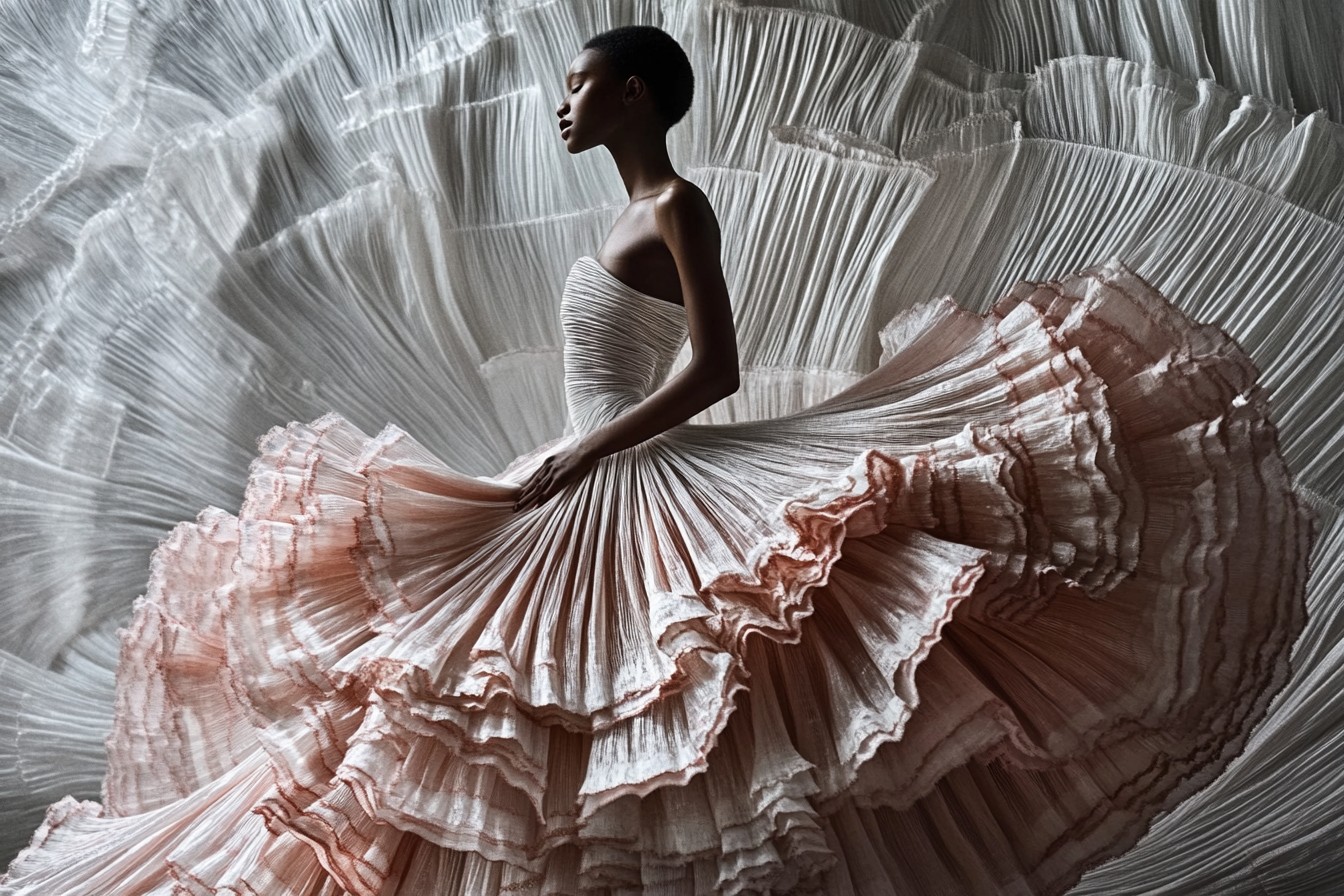
So when this complete stranger in Asda invoked TikTok, I wasn’t surprised so much as annoyed at myself for being late to the party. I grabbed one in my size (they had exactly two left), threw it in my trolley next to the baked beans and off-brand cereal, and tried to look casual about it. Like I regularly bought supermarket clothing. Like this wasn’t a private crisis of fashion identity.
The vest in question—officially called the “Ribbed High Neck Tank” but known across British TikTok simply as “that Asda top”—is nothing revolutionary at first glance. It’s sleeveless, high-necked, slightly cropped but not belly-button exposing, and made from a substantial ribbed cotton that feels far more expensive than its price tag suggests. It comes in cream, black, chocolate brown, and a sage green that sold out so quickly I’ve never actually seen it in real life, though I’m told it exists.
What makes it special is the cut—slightly architectural, with a neckline that sits perfectly between casual and smart, and a length that works as well with high-waisted anything as it does layered over a fitted long-sleeve top. It’s the kind of basic piece that fashion people are always banging on about as the “foundation of a good wardrobe,” except it costs less than a middling bottle of wine.
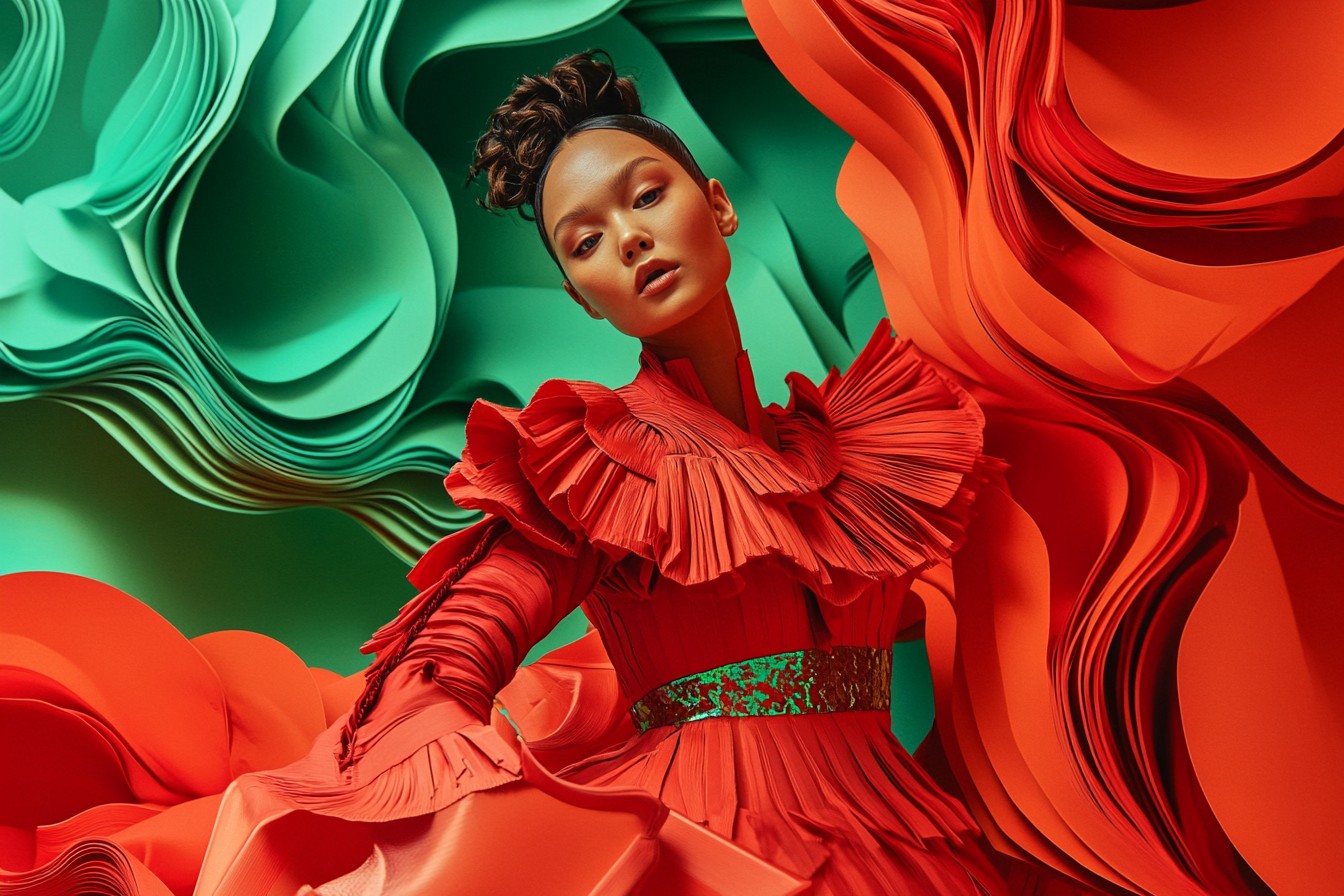
When I got it home and tried it on properly (because of course I’d already sneakily pulled it over my head in the Asda changing rooms, weekly shop abandoned outside), I understood immediately why it had gone viral. It looked expensive. Like, “this old thing? It’s just The Row” expensive. The seams lay flat, the material held its shape, and the cut did that magical thing where it made my shoulders look elegant rather than like I’d spent too many years hunched over a laptop.
I wore it the next day to a breakfast meeting with a PR from a luxury brand I won’t name (but think Italian, think expensive). “Love that top,” she said, coffee in hand. “Is it from the new COS collection?”
I nearly choked on my avocado toast. “It’s George at Asda,” I replied, watching her eyes widen just a fraction before she composed herself. “Fifteen quid.”
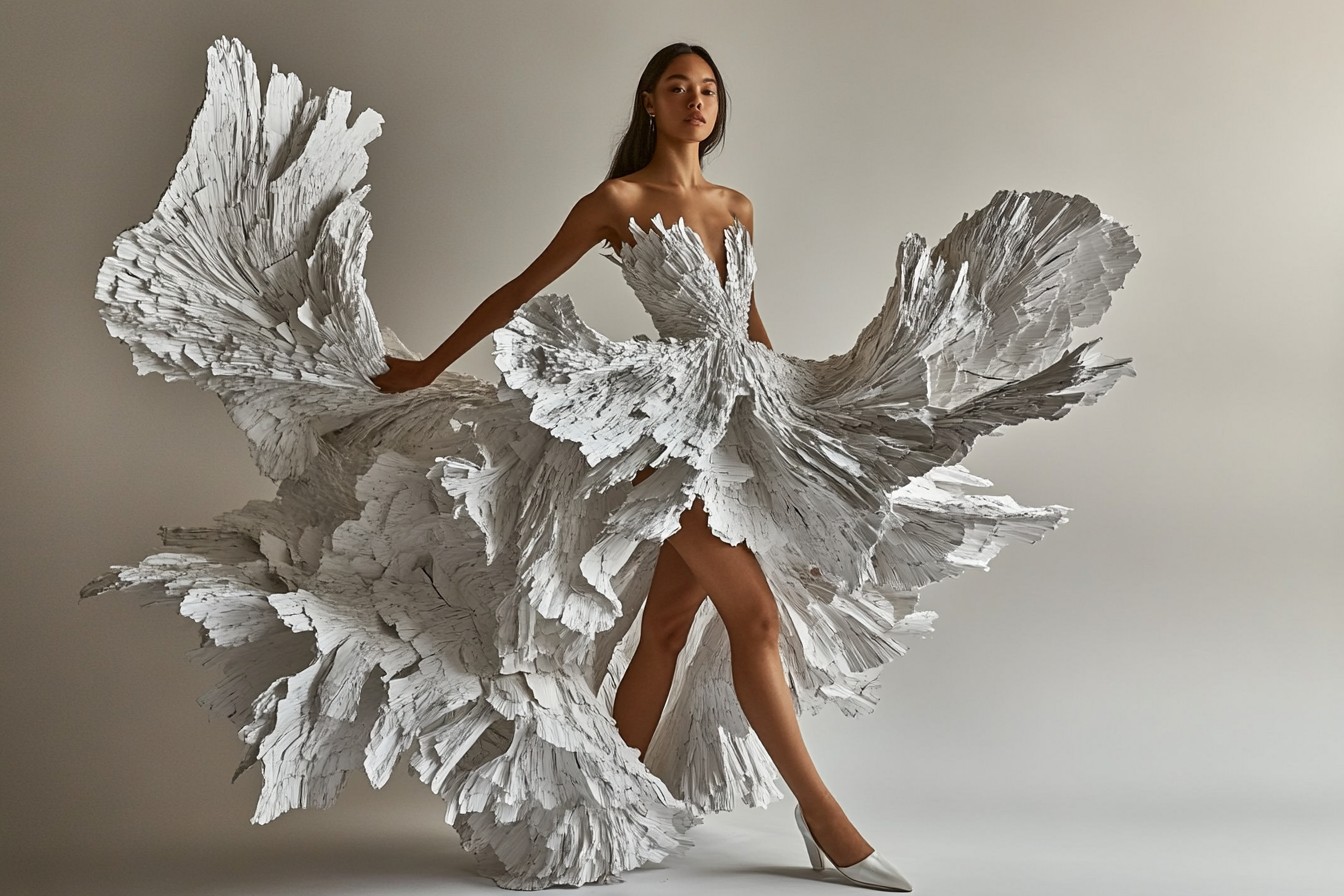
“No way,” she said, reaching over to feel the fabric between her fingers. “My niece has been trying to get one for weeks. They’re always sold out.”
And that’s when I realized that this wasn’t just a random TikTok blip—this was a genuine phenomenon. The top had bridged the generation gap, creating weird little moments of connection between fashion-conscious aunties and their Gen Z nieces. Between me, a fashion editor who once wrote an entire feature about the perfect weight of Japanese denim, and the lovely checkout woman at my local Asda who had three in different colors and wore one with a gold chain necklace that made it look like it cost ten times the price.
I went home and finally did what I should have done weeks ago—I opened TikTok and searched “George Asda vest.” Over 15 million views. Videos of teenagers styling it with baggy jeans and Doc Martens. Middle-aged women pairing it with tailored trousers and statement earrings. A particularly fabulous drag queen using it as a base layer under a sequined jacket. Haul videos of people triumphantly finding one after weeks of searching. Others lamenting that their local Asda only had size 22 left.
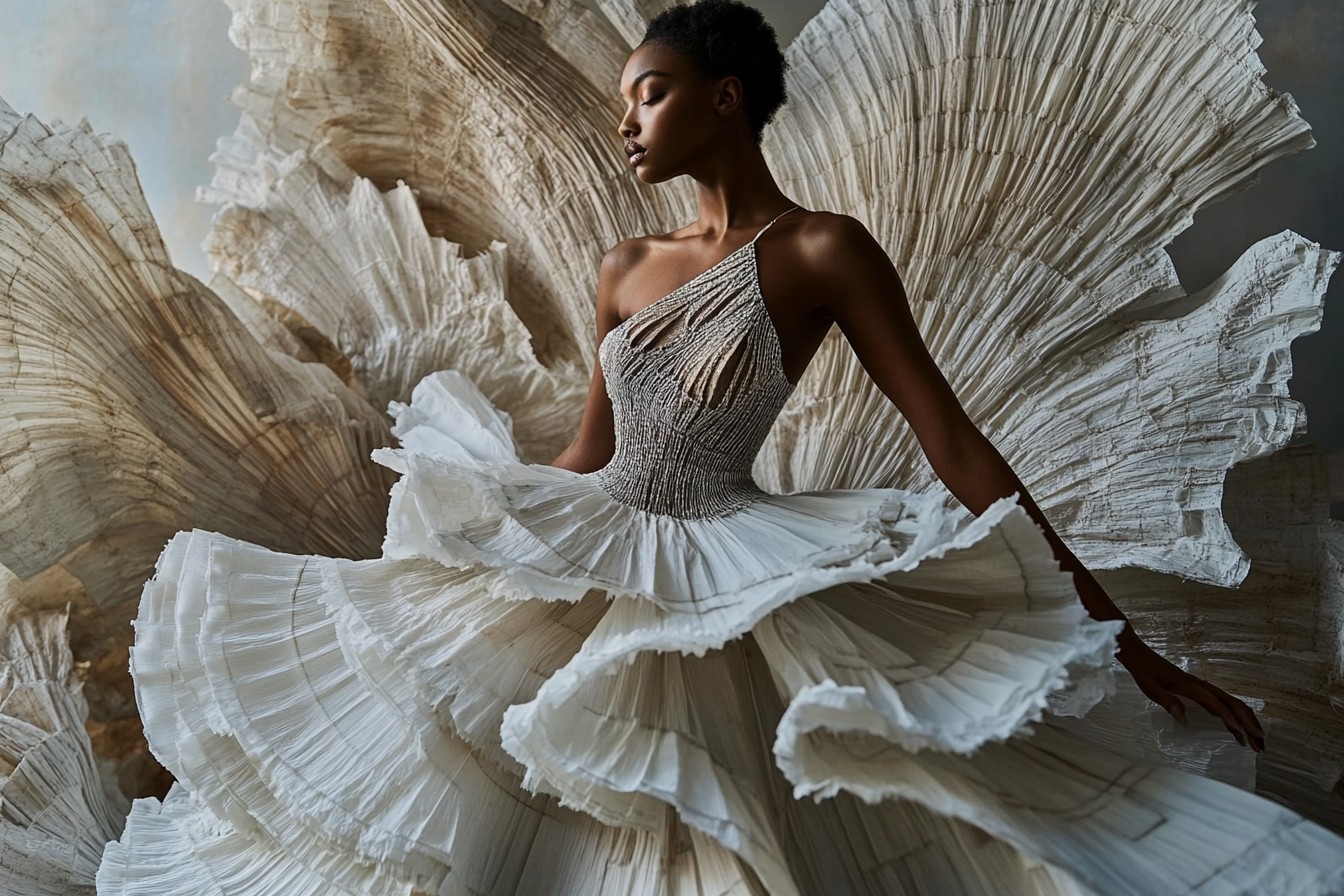
The comments were a masterclass in British enthusiasm:
“GET TO ASDA GIRLIES THIS IS NOT A DRILL”
“Wore mine to work and my boss bought one on her lunch break lol”
“Can’t believe I’m fighting with teenagers for clothes in Asda at my big age”
From what I could piece together, the vest had gone viral for a perfect storm of reasons: the price (obviously), the quality (surprisingly good), the versatility (endless outfit possibilities), and that elusive quality that makes certain items blow up—it photographed really, really well. The slightly curved high neckline framed the face beautifully, the ribbed texture added interest to otherwise simple outfits, and the thick fabric meant no visible bra situations—practical considerations that transcended fashion tribes.
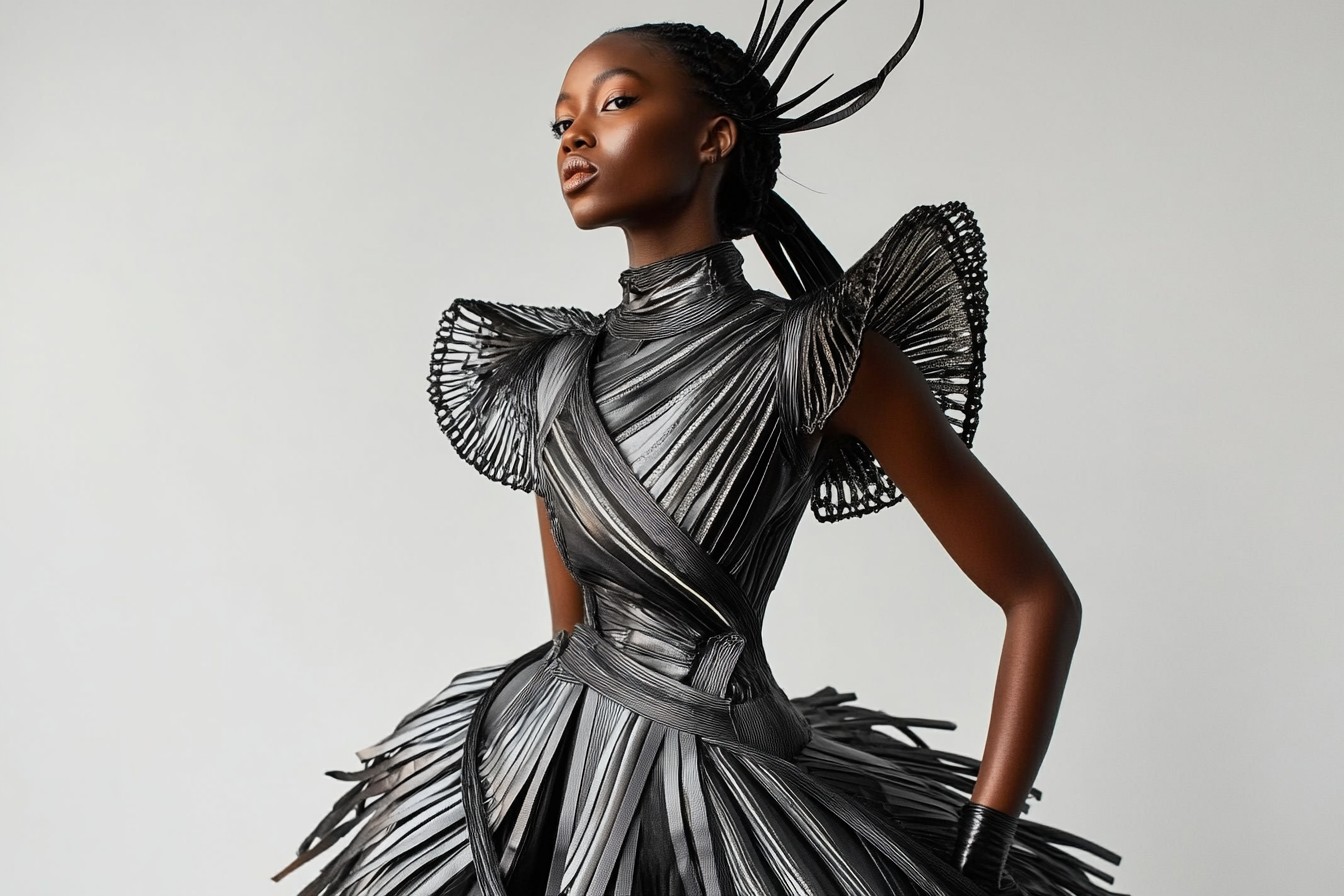
I found myself reaching for it constantly—with wide-leg jeans and a blazer for work, with a silky midi skirt for dinner, under slip dresses when the evening turned chilly. I even wore it to a fashion week event with vintage Levi’s and heels, where a street style photographer took my picture. The resulting Instagram post got more likes than anything I’d posted in months, and at least fifteen messages asking where the top was from.
Each time I admitted its origin, there was the same reaction—surprise, followed by determination to get one themselves. One fashion assistant told me she’d been to four different Asdas trying to find her size. “My boyfriend thinks I’ve gone mad,” she texted. “He’s like, ‘babe, it’s just a vest top.'”
But is it? In my fifteen years writing about fashion, I’ve developed a theory that certain garments capture a moment in time—not just the obvious statement pieces, but often the quieter basics that somehow define an era. The skinny jeans and ballet flats of the late 2000s. The Breton top and straight-leg denim of the mid-2010s. The oversized blazer with cycling shorts of the late 2010s (a look I tried exactly once before accepting it wasn’t for me).
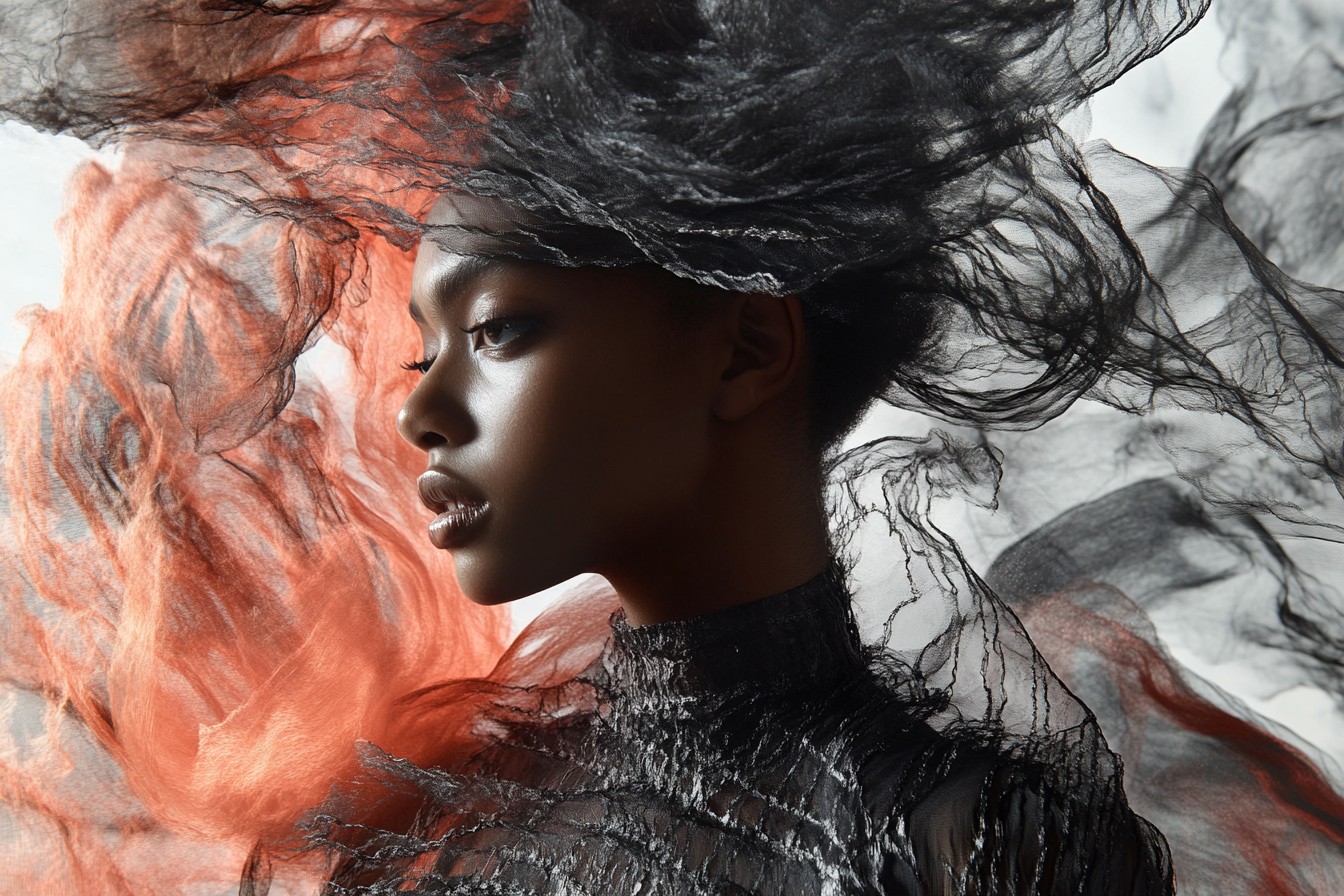
This Asda vest feels emblematic of our current fashion moment—where TikTok has democratized trend-setting, where luxury and budget fashion mix freely in the same outfit, and where the cost of living crisis has everyone from teenagers to fashion editors reconsidering where they shop.
Because let’s be honest—we’re all feeling the pinch. In previous eras of economic stress, fashion responded with either flashy escapism (see: the 1980s) or extreme minimalism (the recession-era 1990s). This time feels different. There’s a pragmatism to current trends that’s refreshing—a focus on versatility, longevity, and yes, affordability, without sacrificing style.
The George vest phenomenon also gives me hope about the future of high street fashion. For years, we’ve talked about the death of the British high street, the rise of ultra-fast fashion with its questionable ethics, and the increasingly hollow middle ground between luxury and disposable clothing. But here’s a proper high street retailer—one attached to a supermarket, no less—creating something so right that it generates genuine excitement across age groups and style tribes.
Last week, I was back in Asda (I needed to replenish my chocolate supply, don’t judge me) and noticed they’d massively restocked the vests. A group of women—ranging from their late teens to what looked like their grandmother—were all selecting different colors, holding them up against each other for opinions. They were laughing, swapping sizing advice, creating an impromptu community around a rack of £15 tops.
“They’ve finally got the sage back in,” one of them told me conspiratorially when she caught me watching. “Better grab one while you can.”
I didn’t tell her I already had two, because that would seem excessive. Instead, I smiled, nodded in thanks, and found myself picking up the sage green. For research purposes, obviously. Because no matter how many years I’ve spent in this industry, no matter how many luxury press days I attend or designer interviews I conduct, there’s something undeniably thrilling about finding a genuine bargain that actually works.
So yes, I’m a fashion editor who gets excited about George at Asda. Sue me. In a world where designer T-shirts can cost three figures and Instagram makes us feel like we need a new outfit for every post, there’s something wonderfully subversive about a supermarket vest top becoming the most sought-after item of the season. It’s fashion democracy in action—and I’m here for it, even if it means I now automatically detour through the clothing section every time I pop in for milk.
And if you’re wondering—yes, the sage green is just as good as everyone says. But you didn’t hear that from me.
